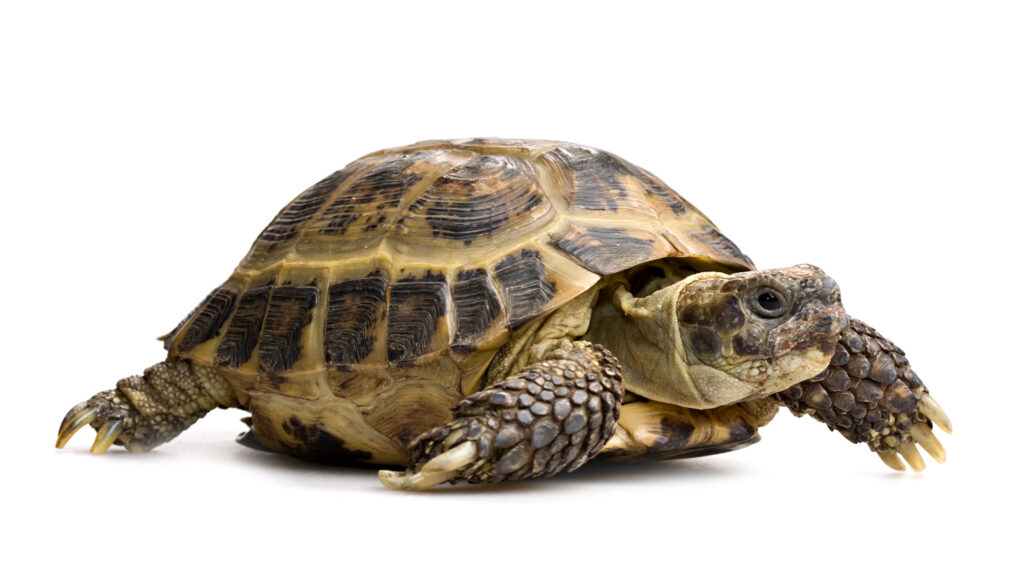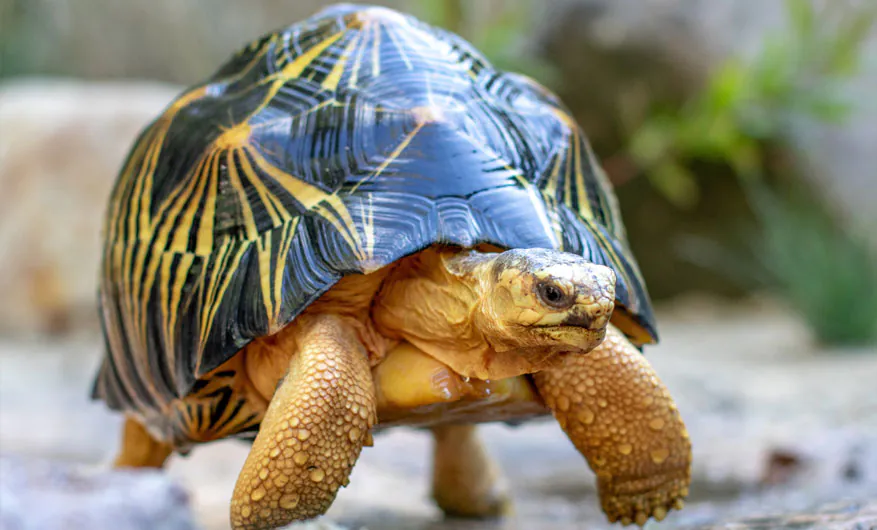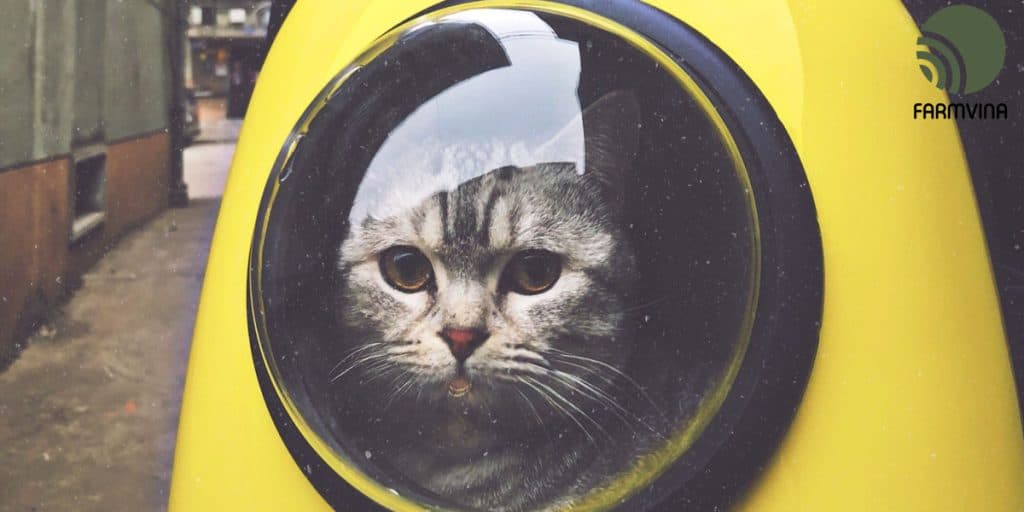When I first started my small organic farm, I was determined to avoid synthetic herbicides and chemical fertilizers. I wanted every part of the ecosystem—from the soil microbes to the livestock—to contribute naturally to a healthier environment. That’s when I discovered the surprising power of tortoise grazing.
Why Tortoises?
Unlike goats or ducks, tortoises are gentle grazers. They move slowly and selectively eat tender weeds, clovers, and broadleaf plants without damaging vegetable beds or compacting the soil.
I noticed that my tortoises often preferred the same weeds I struggled to control manually, such as purslane and dandelion.
Step 1: Selecting the Right Tortoise
I started with Leopard Tortoises and Sulcata Tortoises because they thrive in warm climates and love grazing. Both species are herbivores, requiring mostly greens and grasses—perfect for a permaculture system.
Before integrating them, I built shaded areas, small ponds for hydration, and secure fencing to protect them from predators.
Step 2: Rotational Grazing Zones
To keep the system balanced, I divided my garden into rotational grazing plots. The tortoises spend 2–3 days in each plot before moving to the next. This rotation prevents overgrazing and allows weeds and grasses to regrow naturally. I also use mobile fences so they can graze in orchard zones during fruiting season.
Step 3: Natural Soil Aeration
As tortoises move and burrow lightly into the ground, they naturally loosen the top layer of soil. This gentle aeration improves oxygen flow and helps beneficial microbes thrive. Combined with compost mulching, I’ve noticed my soil structure becoming softer and richer year after year.
Step 4: Integrated Pest Management
Tortoises don’t eat insects directly, but by controlling weed overgrowth, they reduce habitats where pests hide. I also planted Java lemongrass and marigold borders—which help repel insects while providing shade for the tortoises.
Step 5: Results After One Year
After a year of observation, I saw:
60% reduction in weeding labor
Noticeably better soil aeration and drainage
Less reliance on mechanical tilling
Healthier tortoises feeding naturally
The system became more self-sustaining, with almost zero external input. It’s a living example of closed-loop organic farming.
Step 6: Ethical and Ecological Balance
Of course, tortoises need proper veterinary care, calcium supplements, and clean water. Their welfare always comes first. I’ve also documented my process to share with local farmers exploring eco-friendly livestock integration.
If you love to explore more about tortoise, check out Top Tortoise!
Conclusion
Integrating tortoise grazing isn’t just about novelty—it’s a practical, low-impact strategy for anyone building a self-sufficient, chemical-free farm. Slow, steady, and sustainable—just like the tortoise itself.
Johny



